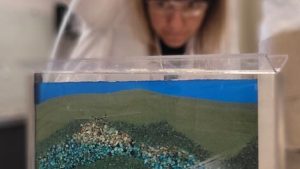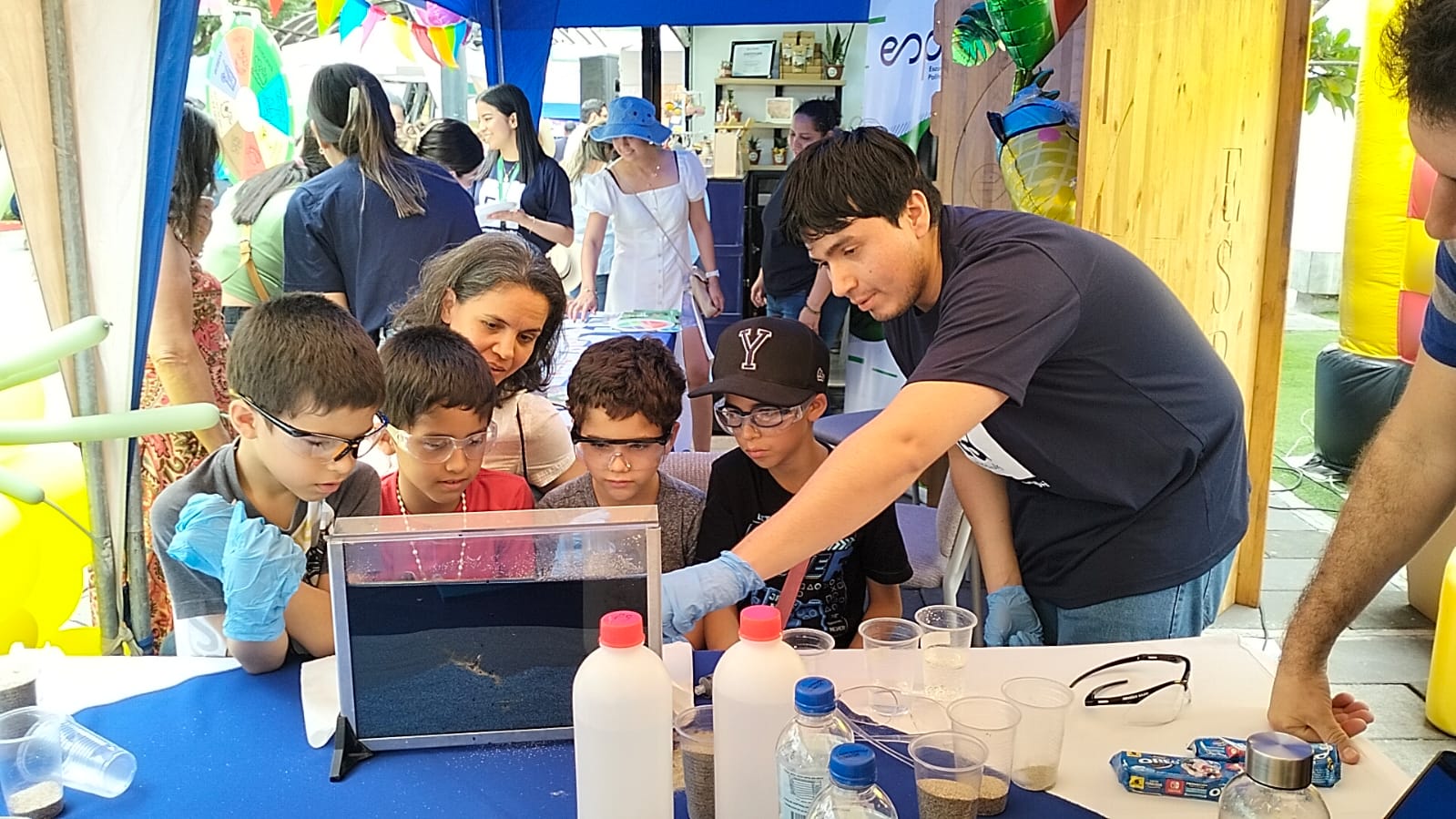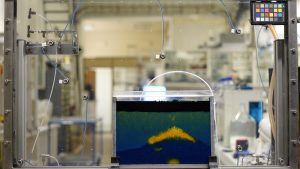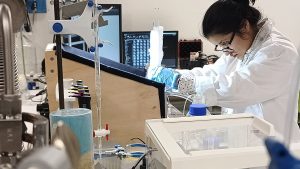The MiniFlower is a carbon storage experiment kit that provides a simple and innovative bridge between CCS research, outreach, and education.
A MiniFlower [mini-flow-er] enables you to sediment and operate your own subsurface carbon storage reservoir. Flow physics are clearly visible and develop over timescales of minutes and hours, simplifying communication and study of the governing principles underlying the geomechanics and carbon sequestration mechanisms relevant to a CCS site.
Cross sections of geological scenarios are created in the MiniFlowers with unconsolidated sands. Simple tools tools for sand sedimentation and fluid manipulation accommodate multiphase flow experiments of any complexity. MiniFlowers are used in classroom experiments, at outreach events, and in STEM research under the FluidFlower umbrella.

Classroom excercises have been developed and deployed with adaptations for different student levels ranging from primary school to university graduate. Over a couple of hours, students develop familiarity with porous media properties using principles from physics, mathematics and earth science. Through practical and explorative activities, MiniFlowers are designed to tickle the curiosity, creativity and innovation required to meet the global challenges ahead.

At outreach events around the world, fleets of MiniFlowers have been deployed to enable hands-on experience with multiphase flow physics for children of all ages. Such activities have received overwhelming enthusiasm and serve as an excellent platform for factual public communication.

In research settings, the overall simplicity of MiniFlowers compliment its larger tabletop and room size FluidFlower versions, being one and two orders of magnitude smaller, respectively. This capacity is used for rapid testing and experimental design iteration, at high temporal intensity and at low infrastructural risk while maintaining a sufficient volume to capture physics relevant at all scales.

